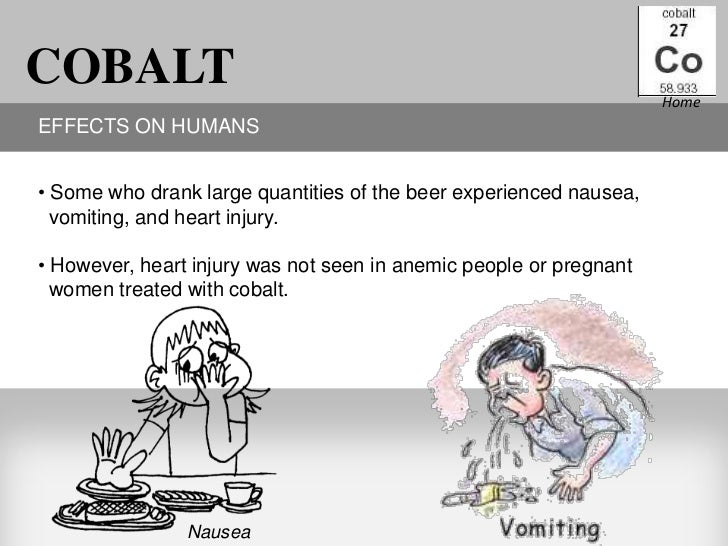

Ĭobalt exposure is of importance since it affects a large population of workers. Orthopaedic implants containing cobalt have been associated with increase of cobalt concentrations in blood and urine and higher incidence of malignant tumours, with sarcomas and other malignant tumours observed around the locations of the implants. Effects on other organs have been shown to be associated to cobalt exposure, such as impaired thyroid function.

Cobalt has formerly been used as an additive in beer in Canada, the USA and Belgium, causing pericardial effusion, elevated haemoglobin and congestive heart failure in some high consumers, and is classed as cardiotoxic. Cobalt in combination with tungsten carbide is classified as likely carcinogenic to humans. A significant increase in risk of lung cancer in hard metal workers exposed to cobalt was shown in a group of studies.
Cobalt exposure symptoms skin#
Īssociation has been shown between cobalt and the development of contact allergy and eczema through direct contact with the skin as well as airborne particles. Development of obstructive lung diseases may be increased by chronic exposure to cobalt. With high levels of cobalt in the air, pneumoconiosis has been observed, while obstructive pulmonary disease is observed at lower levels. Asthma can be induced by occupational exposure to cobalt and cobalt can cause fibrotic changes in lung tissue. Exposure to cobalt has been associated with causing inflammations in the higher respiratory tract, such as rhinitis and bronchitis, as well as diseases concerning the lower respiratory tract. In occupational exposure, the source of cobalt exposure is primarily through inhalation. Exposure occurs mainly through air, food and drink. Humans normally contain low levels of cobalt in tissue and fluids, however occupational exposures may increase the levels. Hard metal is produced in a sintering process where cobalt is mixed with divided tungsten carbide. Cobalt is used in several different areas such as the manufacture of paint, making of jewellery and metal prostheses in healthcare, though the major use of cobalt is in the production of metal alloys such as superalloys, magnetic alloys, high-strength steels and hard metal. Cobalt is essential as a metal constituent of vitamin B12 but its toxic potential from excessive exposure is well known. Cobalt can be found in air, water and tobacco smoke, though vegetables account for the majority of human intake. Metals such as cobalt are elements naturally found in the environment. 20160044).Ĭompeting interests: The authors have declared that no competing interests exist. Data access requests can be directed to the Swedish Ethical Review Authority in Uppsala, Sweden: Etikprövningsmyndigheten, Box 2110, SE-750 02 Uppsala, Sweden or This study was supported by the Knowledge Foundation (Ref no. Data cannot be shared publicly due to legal restrictions regarding identifiable data. However, the Swedish National Board of Health and Welfare will also put restrictions on sharing sensitive information. This is an open access article distributed under the terms of the Creative Commons Attribution License, which permits unrestricted use, distribution, and reproduction in any medium, provided the original author and source are credited.ĭata Availability: Any researcher, granted that they have an ethical approval from the ethical board, can use the data in the Swedish National Patient Register. Received: MaAccepted: JPublished: August 6, 2020Ĭopyright: © 2020 Wahlqvist et al. PLoS ONE 15(8):Įditor: Xuefeng Ren, University at Buffalo - The State University of New York, UNITED STATES Citation: Wahlqvist F, Bryngelsson I-L, Westberg H, Vihlborg P, Andersson L (2020) Dermal and inhalable cobalt exposure-Uptake of cobalt for workers at Swedish hard metal plants.


 0 kommentar(er)
0 kommentar(er)
